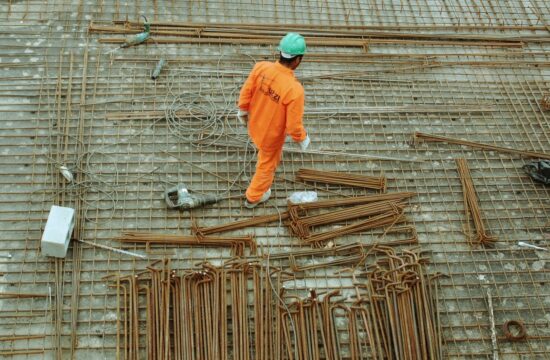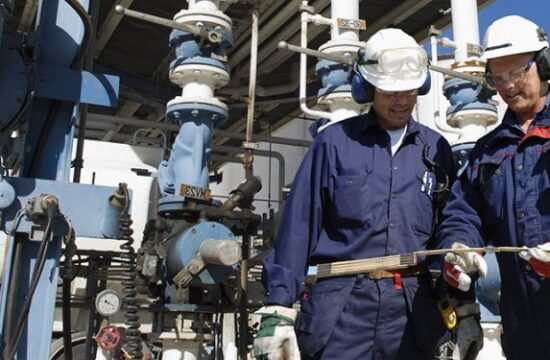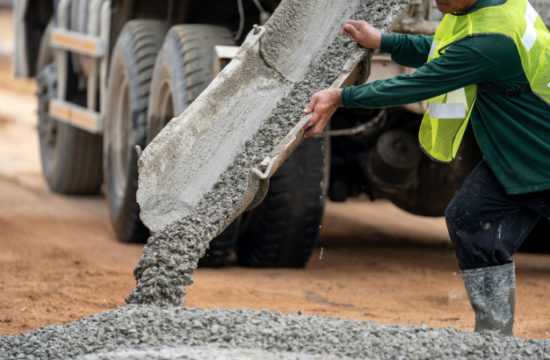Gypsum is a mineral and is hydrated calcium sulfate in substance structure. Gypsum assumes a vital part in controlling the pace of solidifying of the cement, so its is by and large named as impeding specialist of cement. It is principally utilized for controlling the setting season of cement and is a crucial segment.
What is Gypsum ?
Gypsum is a normally happening mineral mined from stores framed by old seabeds as a crude material. Made out of calcium sulfate and water, it is utilized for an assortment of assembling, modern, and horticultural employment. Its tone is white, Gray , yellow, red, earthy. A significant property of gypsum is that it is normally fireproof.
When is Gypsum included in the cement ?
In the assembling cycle of cement, clinkers are shaped. These cement clinkers are chilled off and added with a modest quantity of gypsum. The blend then, at that point, shipped off definite crushing interaction. For common Portland cement it stays between 3 to 4% and in the event of Quick setting cement it tends to be diminished up to 2.5%.
Part of Gypsum in Cement
The fundamental motivation behind adding gypsum in the cement is to hinder the hydration interaction of cement whenever it is blended in with water. The cycle engaged with hydration of cement is that, when the water is added into cement, it begins responding with the C3A and solidifies. The time taken in this cycle is exceptionally less, which doesn’t permit time for moving, blending and setting.
At the point when gypsum is added into the cement and water is added to it, response with C3A particles tells the spot to shape ettringite. This ettringite is at first shaped as fine-grained gems, which structure a covering on the outside of the C3A particles .These precious stones are too little to even consider crossing over the holes between the particles of cement. The cement blend in this way stays plastic and useful. The time taken into account blending, moving and setting assumes a significant part in strength, piece and workability of concrete. As gypsum impedes the cycle of hydration, it is named as a hindering specialist of cement.
Impacts of Gypsum on Cement
- Gypsum forestalls Flash Setting of cement during assembling.
- It impedes the setting season of cement.
- Permits a more drawn out working time for blending, moving and putting.
- At the point when water is blended to cement Aluminates and sulfates get respond and develop some warmth yet gypsum goes about as coolant and cuts down the warmth of hydration.
- Gypsum cements have considerably more prominent strength and hardness when contrasted with non gypsum cement.
- Water needed in gypsum based cement for hydration measure is less.
Water-decreasing Set-impeding Admixtures: Affects, and Applications
Water-decreasing and set-impeding admixtures are synthetic compounds that stoppage the underlying response among cement and water by lessening the pace of water entrance to the cement and hindering the development of the hydration items.
Therefore, concrete stays useful longer than it would something else. The period of time during which a concrete remaining parts useful relies upon its temperature, consistency class, and water-cement proportion, and on the measure of retarder utilized.
Hindered concrete necessitates cautious proportioning to limit draining because of the more extended period during which the concrete remaining parts are new. It grants placement of huge volumes of concrete over extended periods, limiting the requirement for shaping, setting, and joining separate units. Want to know more about Keycoats Click here
Impacts on Fresh Concrete
- Abatement water needed by at any rate 5% for a similar droop concrete.
- Lessen pace of droop misfortune.
- Broaden working time
- Improve completing qualities of concrete. This is explicitly favorable where lacking total properties or degree make concrete completing challenges.
- Deferral in setting season of concrete. The postponement in setting time increments with the expansion of measurements and lower temperatures.
- It has been accounted for to add to untimely hardening.
- Decrease Water Content in Concrete Using Admixtures
Consequences for Hardened Concrete
- Strength increment because of decrease of w/cm proportion.
- The increment in flexural strength isn’t equivalent to compressive strength.
- Long haul shrinkage might be not exactly that of concrete without admixture.
- Creep is decreased in relation to the increment in the strength of the concrete.
Measurement
As per ACI 212.3R, the measurements of the admixture ought to be resolved from data given by at least one of the accompanying sources:
- Results from construction works where the admixture utilized under great field control, ideally utilizing similar materials and under conditions like those normal.
- Research facility tests did to assess the admixture.
- Data and specialized writing from the producer.
Applications
It is utilized mostly to counterbalance the speeding up impact of warm climate and to keep concrete serviceable during the whole setting time frame. This is critical for the avoidance of breaking of concrete pillars, connect decks, or composite construction brought about by structure redirections.
- Used to keep concrete serviceable until succeeding lifts can be put without advancement of cold joints in the underlying unit.
- This kind of admixture is utilized when the intricacy of slip-shaping requests a sluggish pace of rise. Find Gypsum Plaster Machine in Oman from Plafixx











